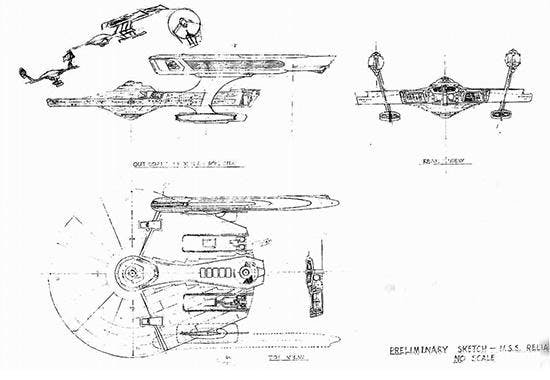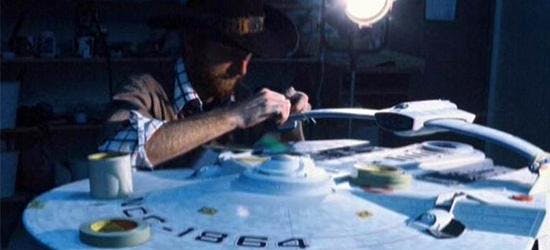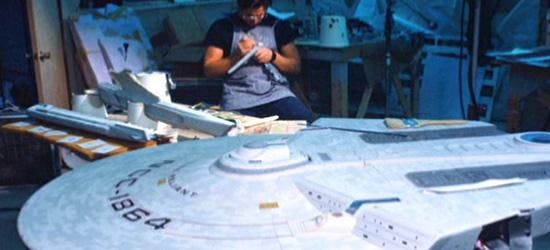Published Dec 3, 2015
Forgotten Trek: Designing the Reliant for Star Trek II
Forgotten Trek: Designing the Reliant for Star Trek II

Star Trek II: The Wrath of Khan would give Trekkers the first canon Starfleet ship beside the original Enterprise. But that wasn’t the original plan.
In early versions of the script, the Reliant was a sister ship to the Enterprise. Production designer Joseph Jennings worried that if the ships were identical, it would have made it hard for viewers to distinguish between them during the battle scene in the Mutara Nebula. “In the dogfight you had to instantly recognize which ship you were looking at, so they had to look different,” he told Star Trek: The Magazine 3, 5 (September 2002). “At the same time, you had to make them look like they came from the same culture and had the same technology.”

Jennings worked with Lee Cole and Mike Minor to design the new ship. “It was the first time a new starship had been designed since the Klingon battle cruiser,” he remembered. "She was supposed to be a coastal and geodetic survey ship, like a buoy tender. She would be armed, perhaps, but only lightly. She wasn’t a lion ship like the Enterprise. Also, remember the Enterprise was always supposed to be an exploratory vessel where the armament was secondary. That was even more true for the Reliant. She was supposed to just stick around in the known universe and take care of things that everybody already knew about."
The three ultimately came up with a compressed version of the Enterprise. “We had long postulated that the circular saucer said, ‘This is Starfleet navy,’ and it used engines that looked pretty much like those on the Enterprise.” They eliminated the engineering hull and attached the nacelles to an extended saucer section instead.

Except the nacelles looked over the saucer in their design. Lee Cole remembered how they ended up underneath it. Harve Bennett, the film’s producer, was working abroad before they began filming Star Trek II. “We were mailing everything over to him and getting him to approve it and mail it back to us,” she told Star Trek: The Magazine, “so we did our first sketch of the ship and mailed them off to him.” Bennett was supposed to sign for approval at the bottom of the sheet. “When he got it in the mail he took it out of the package upside down, I guess, and wrote out on the bottom, ‘Yes, this looks very good, proceed.’ So when we got it back we realized he’d approved it upside down.”
Rather than bother Bennett again, the three decided to make it work that way -- and it did. Jennings and Lee added what Minor dubbed a “roll bar” to support the dropped nacelles. Phaser banks were put in this supporting structure.
The studio model was built at Industrial Light & Magic. Visual Effects Supervisor Kenneth Ralston told Cinefantastique 44, 12 (1982), “The ship takes the best of the Enterprise, rearranges it, and adds a few goodies of its own.” In a separate interview with American Cinematographer (October 1982), he recalled that the model was “perfectly constructed for shooting. It’s light,” he said, “highly detailed, non-reflective and could be easily mounted from all sides for any possible setup.”

The high quality and large scale of the model allowed it to be reused many times in episodes of Star Trek: The Next Generation and Deep Space Nine. It was not until its appearance in the second television series that the Reliant's class name was confirmed on screen. It also showed several Miranda-class starships without the “roll bar” when the effects crew was unable to make its internal lighting work on time.
A more extensive modification was prepared for the The Next Generation episode “Cause and Effect.” The model was redressed to represent the USS Bozeman of the Soyuz starship class. The modifications were designed by Greg Jein and Mike Okuda, but not permanently affixed to the model, allowing to reappear as the USS Saratoga in Deep Space Nine‘s pilot, “Emissary.”
Miranda-class ships that appeared in later Deep Space Nine and Star Trek: Voyager episodes were CGI models, also designed as ILM.
